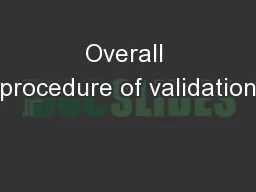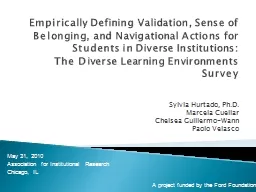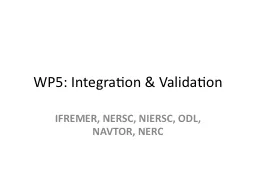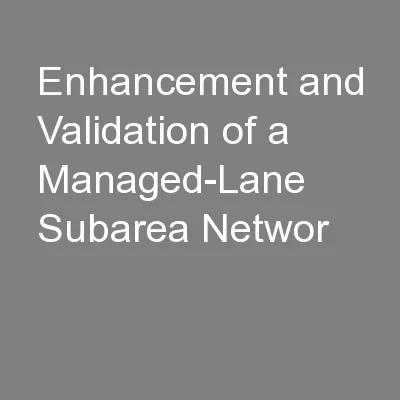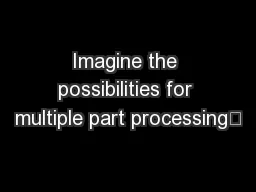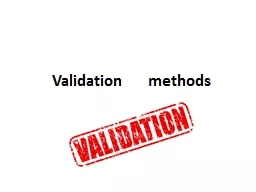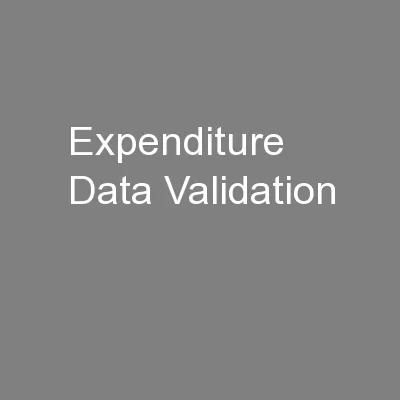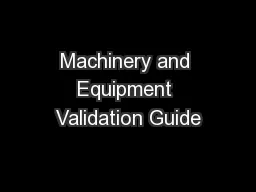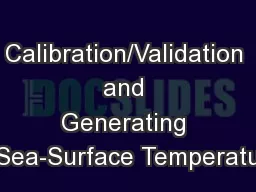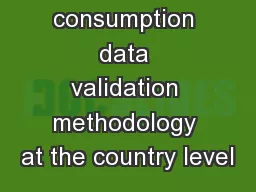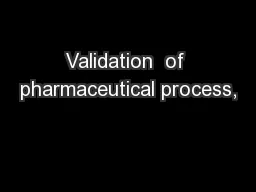PPT-Overall procedure of validation
Author : alida-meadow | Published Date : 2017-04-11
Calibration Validation Figure 124 Validation calibration and prediction Oberkampf and Barone 2004 Model accuracy assessment by comparison of model outputs with
Presentation Embed Code
Download Presentation
Download Presentation The PPT/PDF document "Overall procedure of validation" is the property of its rightful owner. Permission is granted to download and print the materials on this website for personal, non-commercial use only, and to display it on your personal computer provided you do not modify the materials and that you retain all copyright notices contained in the materials. By downloading content from our website, you accept the terms of this agreement.
Overall procedure of validation: Transcript
Download Rules Of Document
"Overall procedure of validation"The content belongs to its owner. You may download and print it for personal use, without modification, and keep all copyright notices. By downloading, you agree to these terms.
Related Documents

